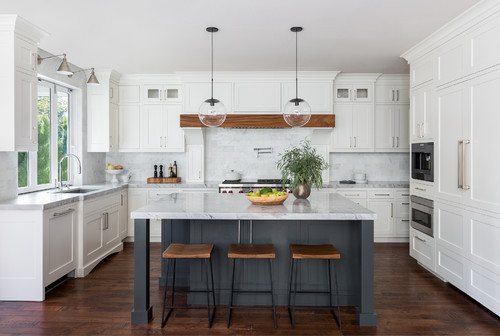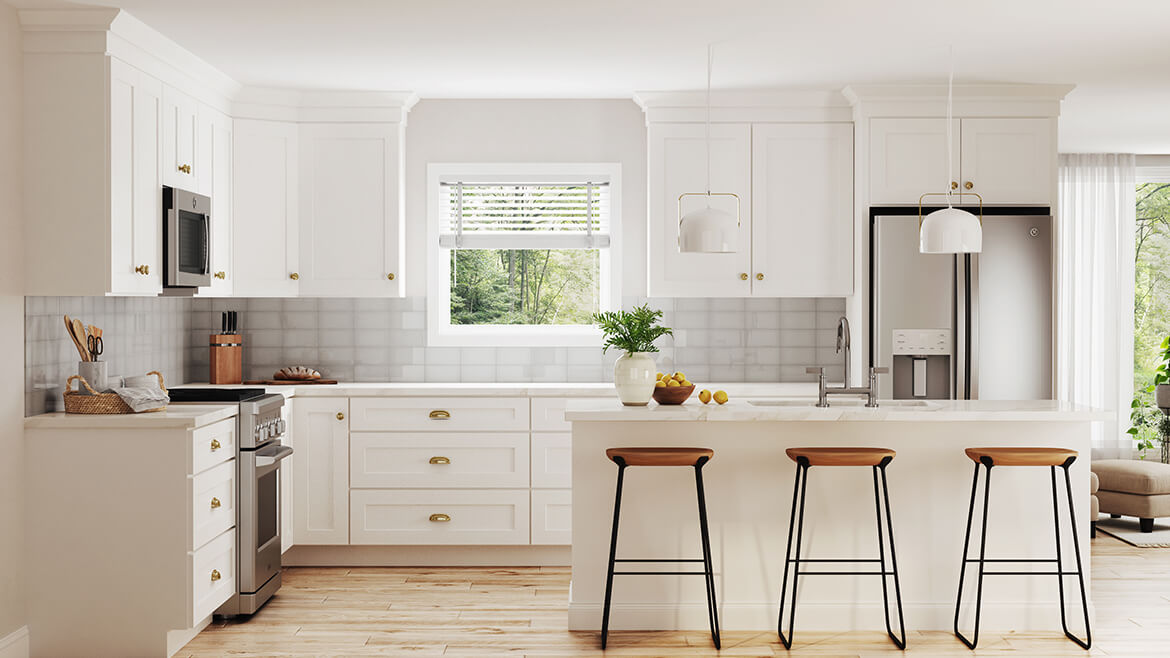

Cabinets or Flooring: Which to Install First
When it comes to remodeling your kitchen, one of the most important decisions you’ll make is whether to install cabinets or flooring first. This decision will not only affect the overall appearance of your space but also impact the installation process and budget. In this comprehensive guide, we will explore both options in depth and provide insights to help you make the right choice.
The Case for Installing Cabinets First
Precision and Stability
One of the primary reasons to consider installing cabinets first is the enhanced precision and stability it offers. By doing so, you can ensure that your cabinets are securely anchored and correctly aligned, resulting in a polished and professional appearance. This approach addresses the question of “cabinets or flooring first” by prioritizing the stability of your kitchen’s foundational elements.
Cost Efficiency
When you install cabinets before flooring, you’ll only need to purchase flooring for the exposed areas of your kitchen. This can lead to significant savings on material costs, particularly if you’re considering high-end flooring options. By focusing on “floors or cabinets first,” you can make a strategic decision that minimizes your renovation expenses.
Minimizing Potential Damage
Installing cabinets first allows you to protect your floors from any damage that could occur during the installation process. By positioning the cabinets prior to laying the flooring, you can prevent scratches, dents, or other types of damage caused by heavy cabinetry. This approach addresses the “floor or cabinets first” question by prioritizing the preservation of your flooring investment.
Simplifying Installation
The installation process can be significantly simpler when you install cabinets before flooring. Since the cabinets are in place before the flooring is laid, there’s no need to work around pre-existing floors or make adjustments to accommodate them. This approach considers “flooring or cabinets first” by streamlining the installation process and reducing the likelihood of errors.
Versatility for Future Updates
By installing cabinets first, you leave the option open to update or change your flooring without having to remove or modify the cabinets. This allows for greater versatility in future renovations and ensures that your kitchen remains adaptable to your changing preferences. By evaluating “floors and cabinets” in this manner, you can create a kitchen space that evolves with your tastes and needs.
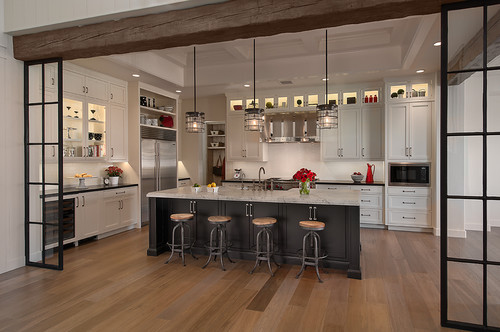
The Case for Installing Flooring First
Consistent Aesthetics
One of the main reasons to consider installing flooring first is the seamless, consistent appearance it offers. By extending your flooring beneath your cabinets, you create a uniform look that adds a touch of professionalism to your kitchen. This approach answers the “cabinets or flooring first” question by prioritizing aesthetics and visual harmony.
Future Renovation Flexibility
When you install flooring before cabinets, you ensure that any future cabinet changes won’t require additional flooring work or leave exposed subfloor. This foresight makes it easier to update or replace your cabinets without disrupting your floors, providing greater flexibility for future renovations. Considering “floors or cabinets first” in this manner allows you to future-proof your kitchen and adapt to evolving preferences.
Easier Appliance Installation
With flooring laid before cabinets, it’s simpler to maneuver and align appliances during installation. A level, even surface beneath your cabinets facilitates proper appliance fitting and ensures they operate efficiently. Addressing the “floor or cabinets first” question from an appliance installation standpoint highlights the importance of creating a functional, user-friendly kitchen space.
Avoiding Height Discrepancies
By installing flooring first, you can prevent potential height discrepancies between your cabinets, countertops, and appliances. This ensures that your entire kitchen maintains a consistent height and eliminates the need for additional adjustments or modifications. When evaluating “flooring or cabinets first,” it’s essential to consider the impact of your decision on the overall functionality and ergonomics of your kitchen.
Streamlined Flooring Replacement
When your flooring extends beneath the cabinets, replacing it becomes a more straightforward process. This approach allows for a simpler, less disruptive flooring replacement should you decide to update your floors in the future. By considering “floors and cabinets” in this context, you can create a kitchen that is more easily maintained and updated as needed.
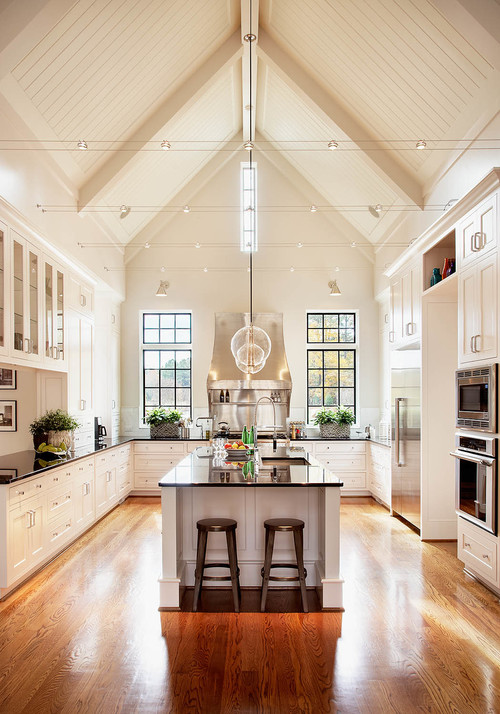
Factors to Consider When Choosing Cabinets or Flooring First
Material Selection
The materials you choose for your cabinets and flooring can significantly influence your decision between installing cabinets or flooring first. For example, certain flooring materials, such as hardwood or tile, may be more susceptible to damage during cabinet installation, which could sway your choice. When considering “cabinets or flooring first,” it’s crucial to evaluate the compatibility and durability of your selected materials.
Budget Constraints
Your budget plays a critical role in determining whether to install cabinets or flooring first. Assess the costs associated with each option and determine which approach best aligns with your financial constraints. By evaluating “floors or cabinets first” from a cost perspective, you can make a well-informed decision that meets your budgetary needs.
Installation Timeline
The time it takes to complete each installation phase can impact your decision. Some flooring materials may require additional curing or drying time before cabinets can be installed. In such cases, prioritizing “floor or cabinets first” can help you create a realistic and efficient installation timeline.
Kitchen Layout and Design
Your kitchen layout and design preferences can also influence your decision. If you have a custom or unique kitchen design, you may need to consider the installation process more carefully. When contemplating “flooring or cabinets first,” take into account any specific design elements or challenges that may impact the installation process.
Professional Advice
Consulting with professionals such as contractors, designers, or architects can provide valuable insights into the best approach for your project. These experts can offer guidance based on their experience and knowledge of industry best practices. By incorporating their advice into your “floors and cabinets” decision-making process, you can ensure that your renovation project is well-executed and successful.
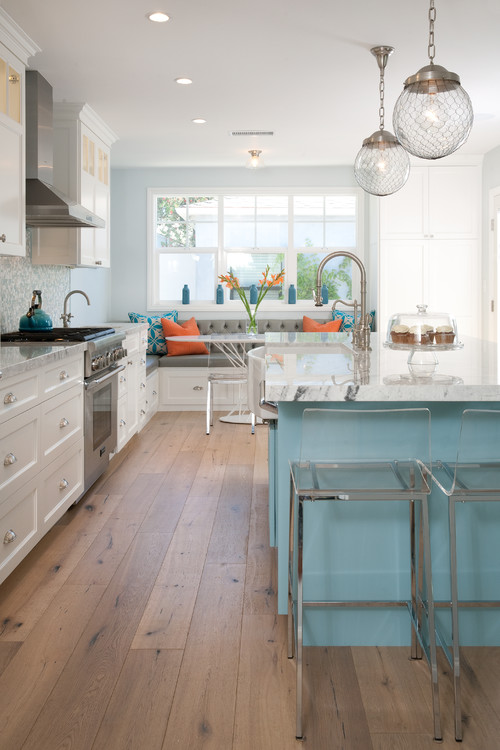
Consulting with Contractors
Before making a decision on whether to install cabinets or flooring first, consult with experienced contractors who specialize in kitchen renovations. They can provide invaluable advice and recommendations based on their expertise and knowledge of the installation process, helping you navigate the “cabinets or flooring first” dilemma with confidence.
Seeking Designers’ Input
Professional kitchen designers can offer guidance on the best approach for your project, taking into account your chosen materials, design preferences, and budget constraints. By incorporating their insights, you can make a more informed decision on the “floors or cabinets first” question and create a kitchen that is both functional and visually appealing.
Architects’ Perspectives
Architects can also provide valuable input when it comes to deciding between installing cabinets or flooring first. Their understanding of structural requirements and building codes can help ensure that your kitchen renovation project complies with industry standards and local regulations. Considering “floor or cabinets first” from an architectural standpoint can help you avoid potential issues during the installation process.
Online Research and Reviews
In addition to seeking professional advice, it’s essential to conduct your own research and read reviews from people who have undertaken similar projects. This will help you gain insights into the pros and cons of installing cabinets or flooring first, allowing you to make a more informed decision. When exploring the “flooring or cabinets first” debate, online resources can provide valuable information to supplement professional opinions.
Analyzing Case Studies
Examining case studies of successful kitchen renovation projects can help you understand the factors that contributed to their success. By analyzing the decisions made regarding “floors and cabinets” in these projects, you can gain practical knowledge that informs your own decision-making process.
Potential Issues and Solutions
Dealing with Uneven Surfaces
Uneven surfaces can pose a challenge when deciding between installing cabinets or flooring first. In such cases, it’s essential to address the issue before proceeding with the installation. Solutions may include using shims, leveling compounds, or even self-leveling underlayments to create a level surface. By taking into account the “cabinets or flooring first” question, you can ensure a successful and professional installation, regardless of your final decision.
Coordinating Cabinet and Flooring Installations
Effective communication and coordination between your cabinet and flooring installers are crucial to minimizing delays and ensuring a smooth installation process. This is particularly important when considering the “floors or cabinets first” question, as the chosen order can impact the overall project timeline. Schedule each phase of the project accordingly and maintain open lines of communication to avoid potential issues.
Material Compatibility
The compatibility of your chosen materials can impact your decision on whether to install cabinets or flooring first. For instance, certain cabinet materials may not be suitable for installation on specific types of flooring, or vice versa. When evaluating “floor or cabinets first,” it’s essential to research and understand the compatibility requirements of your selected materials.
Handling Unexpected Issues
During any renovation project, unexpected issues may arise. In such cases, it’s crucial to remain flexible and adapt to the situation. Be prepared to adjust your plans or timeline as needed to address any unexpected challenges that emerge while considering the “flooring or cabinets first” question.
Final Adjustments and Touch-ups
After the installation of both your cabinets and flooring, you may need to make minor adjustments or touch-ups to ensure a polished and professional appearance. By planning for these potential adjustments when deciding between “floors and cabinets,” you can create a smooth and seamless transition between the two components.
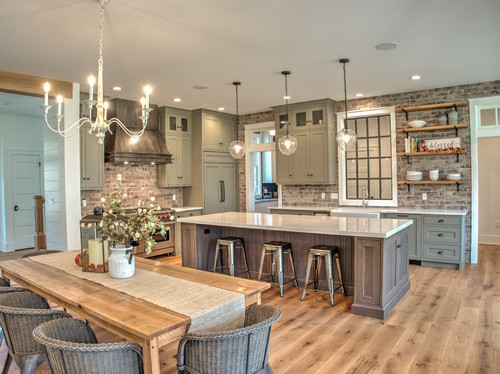
Maintenance and Upkeep
Cleaning Considerations
When deciding between installing cabinets or flooring first, it’s important to consider the ease of cleaning and maintenance for each option. For example, flooring installed beneath cabinets may be more challenging to clean due to the limited access to the covered areas. By evaluating the “cabinets or flooring first” question from a cleaning perspective, you can create a kitchen that is both visually appealing and easy to maintain.
Wear and Tear
The wear and tear on your floors and cabinets can play a significant role in your decision-making process. When considering “floors or cabinets first,” take into account the durability of your chosen materials and how they may be affected by the installation order. This can help you make a decision that ensures the longevity of your kitchen components.
Flooring Maintenance
Depending on the type of flooring you select, maintenance requirements may vary. When addressing the “floor or cabinets first” question, consider the ease of maintaining and repairing your flooring choice. For instance, if your flooring requires periodic refinishing or replacement, installing it beneath cabinets may complicate the process and impact your decision.
Cabinet Maintenance
Similarly, consider the maintenance requirements of your cabinets when deciding between “flooring or cabinets first.” Some cabinet materials may require periodic refinishing, painting, or other upkeep, which could be influenced by the presence of flooring beneath them. Assessing the maintenance needs of your cabinets can help you make a more informed decision regarding the installation order.
Updating and Replacing Components
As you evaluate the “floors and cabinets” question, consider the ease of updating or replacing components in the future. For instance, if you anticipate changing your cabinets or flooring in the coming years, take into account how the installation order may affect the process. This foresight can help you create a kitchen that is both functional and adaptable to your changing needs and preferences.
Environmental and Health Concerns
Material Sustainability
When deciding between installing cabinets or flooring first, it’s essential to consider the sustainability of your chosen materials. By selecting eco-friendly and responsibly sourced options, you can minimize the environmental impact of your renovation project. Assessing the “cabinets or flooring first” question from an environmental perspective can help you create a more sustainable and responsible kitchen design.
Indoor Air Quality
The materials used in your kitchen renovation can influence indoor air quality, which in turn affects your health and well-being. When contemplating “floors or cabinets first,” consider the potential off-gassing or VOC emissions from your chosen materials. Opt for low-VOC or non-toxic options to maintain a healthy living environment and minimize potential health risks.
Waste Reduction
The order in which you install your cabinets and flooring can impact the amount of waste produced during the renovation process. When evaluating the “floor or cabinets first” question, consider which option will generate less waste and minimize the environmental impact of your project. This may include using materials with lower waste generation or opting for installation methods that reduce waste.
Energy Efficiency
The installation order of cabinets and flooring may have an impact on your kitchen’s overall energy efficiency. For example, installing flooring first can provide better insulation, reducing energy consumption for heating and cooling. When considering “flooring or cabinets first,” evaluate the potential energy efficiency benefits associated with each option and factor them into your decision-making process.
Longevity and Durability
The durability and longevity of your floors and cabinets play a crucial role in minimizing your kitchen’s environmental impact. By selecting materials that are built to last and considering the “floors and cabinets” question from a durability standpoint, you can create a kitchen that requires less frequent updates or replacements, ultimately reducing waste and conserving resources.
Conclusion
Ultimately, the decision of whether to install cabinets or flooring first depends on your specific needs, preferences, and plans for your kitchen. This detailed guide has provided you with insights into the advantages and considerations of each approach, ensuring that you’re well-equipped to make an informed decision. By considering factors such as material choices, budget constraints, and future renovation plans, you’ll be able to select the best approach for your project and create a stunning kitchen that suits your style and requirements.


